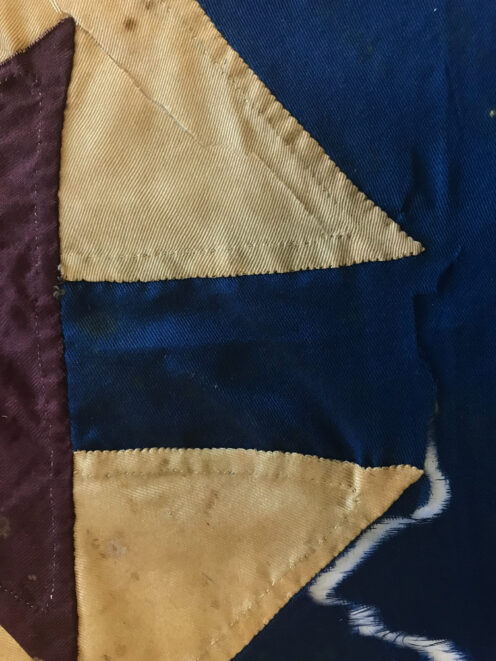April 30, 2020
From the Vault: Burgees and Private Signals
Whether you already have your own private signal, or you've just begun the process of designing one for yourself, we wanted to dig into the vault today to give you some ideas about how to apply them

Whether you already have your own private signal, or you've just begun the process of designing one for yourself, we wanted to dig into the vault today to give you some ideas about where to source them how to apply them. As Ezra Bowen of Sports Illustrated so aptly put it in a 1957 article, "when it comes to personal flags... the barriers of simplicity and convention are down. Anyone who wants a flag can order it in any design he chooses. He doesn't have to belong to a club. He doesn't even have to own a boat. All he has to do is send his order to any one of a dozen or so companies, like the Capitol Flag Company in Houston, the Tabery Corp. in Los Angeles, or Abercrombie & Fitch in New York, and in a reasonable time he will get his flag. The only restrictions are those of his own personal taste." (Or "her!" it is 2020 after all) Personal taste aside, Abercrombie & Fitch may no longer be your optimal source, having long ago abandoned it's sporting roots... but there are still plenty of small shops making custom burgees out there. We encourage to find one close to home and get your own flag made, or follow some of these other suggestions from the advertising section of yachting registries of yore. First, let's start with some sources:
The following images all taken from the back advertising sections of Lloyd's Register of American Yachts, Manning's Yacht Register and the American Yacht List of various dates, all volumes from the Rebecca Chase Herreshoff Library. Click the photos to view them larger.
Please don't call or email us if all of these shops don't actually respond to your enquiries. A few of them are still around, but we believe 157 - 158 South Street, for example, may be a highway today. You can always find out more from our friends at South Street Seaport! They have an amazing collection of material documenting the changing waterfront in Manhattan. Anyways, now that you know where you can get your flags made, here are a few suggestions as to where you can plaster their image. There are apparently no wrong answers:
And if Tiffany's china isn't quite your cup of tea, Macy's is here for you too! The department store giant founder, R.H. Macy, is another fascinating historical figure with a maritime background which later influenced his business. According to the Macy's website, Macy was born in Nantucket, spent four years on a whaler, went to California during the gold rush, and had an all-around fascinating life. The Macy's red star logo was even inspired by a tattoo on his forearm from his whaling days...
Finally, we'd like to give you a little inspiration if you can't reach any of the suppliers listed above. It's not all about high end china and precise machine stitching: one of the absolute gems in our collection is an imperfectly hand-sewn silk burgee, N.G.H.'s personal signal. We do not know whether he flew it on his own yachts for certain, but it was donated to HMM by Captain Nat's grandson and Museum co-founder, Halsey Herreshoff. This significant artifact is not in great condition today - it is stained in places and the colors have faded, as silk is especially susceptible to light damage. Silk is also prone to "shattering" as it ages, which you can see here. Nonetheless, the choice of materials tells us a lot about the care that went into
making such an important symbolic thing, even (especially) as an at-home, by hand project. It would have been very time consuming to sew by hand, which would have been the maker's choice, despite the fact that sewing machines were widely available by the time N.G.H. would have been old enough to fly his own burgee. Its preciousness is also indicated by the choice of materials, verging on impractical: silk was (and still is) a luxury good, not cheap, does not hold up well to exposure to sun and wind compared to wool bunting or even cotton which were more typically used for flags and pennants. And yet despite its poor condition, its slightly imperfect shapes, its loss of color and shattering, it was saved by three generations Herreshoffs before making its way to us. Take a moment to appreciate the level of attentiveness paid to the hand-sewn details in this compelling artifact, the grommets, the buttonholes, the reinforcing of the appliquéd cross, quite possibly made by a Herreshoff family member, and most certainly a treasure.

















